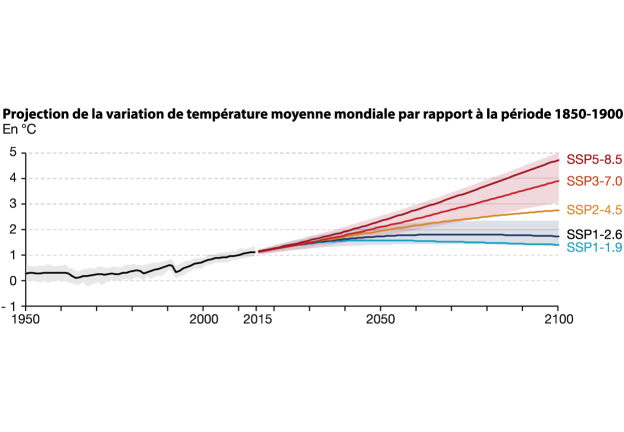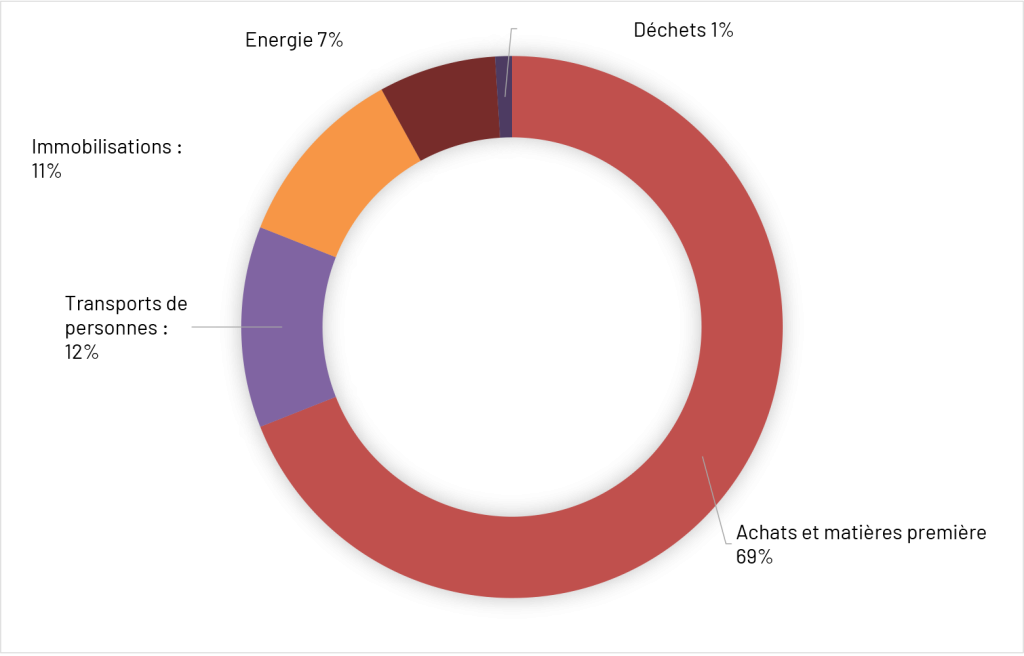Pimenko: our carbon footprint and environmental commitments
At Pimenko, we recognize the importance of measuring and controlling our environmental impact, particularly in terms of greenhouse gas (GHG) emissions. That’s why we’ve carried out a carbon audit. This approach is part of our commitment to adopting sustainable practices and actively contributing to the fight against climate change.
In carrying out this review, we wanted to identify precisely where and how we could improve our practices. This approach reinforces our environmental responsibility. It also enables us to transparently share our progress and commitments with our customers and partners.

+5° C
This is the maximum increase in the Earth’s temperature that is expected by 2100 in the absence of the adoption of strong measures.
-
Projection
The consequences of climate change are already visible and will become more pronounced in the years to come.
-
How we calculate our carbon footprint
As a committed player, Pimenko has carried out an assessment of its greenhouse gas emissions and is committed to a transition process with its first carbon footprint. The support and assessment was carried out by Corpokarma.
Consult Pimenko’s GHG report on the official Ademe website: https: //bilans-ges.ademe.fr/bilans/consultation/4ce5d1e5-4fe7-49c5-810e-16a806f9d910/tableau-declaration

Results and key indicators
46 t CO2e
This is Pimenko ‘s GHG footprint for fiscal year 2023, i.e. 3 tonnes CO2 / employee.
Which is equivalent to :
- to annual emissions of around 5 French ;
- 26 return flights from Paris to New York;
- 6,336 meals with beef
The breakdown of Pimenko’s GHG emissions is “typical” of a service company:

However, Pimenko emits on average 4 times less than companies in its sector (in terms of intensity). Its main challenge is purchasing (69%). The impact associated with transport (12%) is the second most important issue, along with fixed assets (11%).
Pimenko is committed to continuous improvement, and the first GHG assessment exercise was used to identify the main challenges.
Our transition plan
– 39%
This is the projected reduction in GEC emissions drawn up for Pimenko with the actions prioritized and modeled in the workshops for 2026 (and at constant volume of activity).
The main actions implemented



